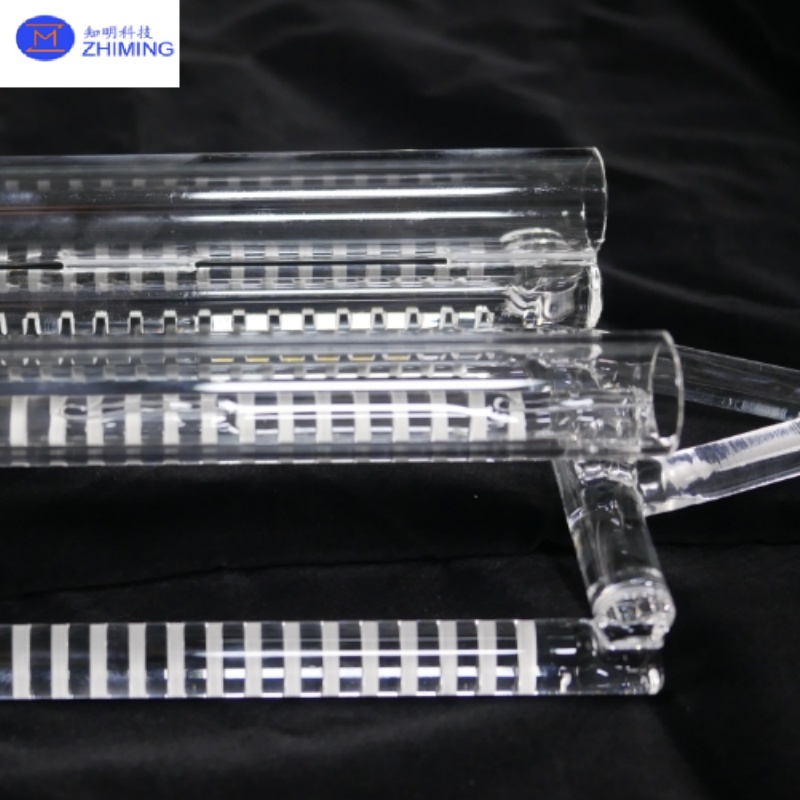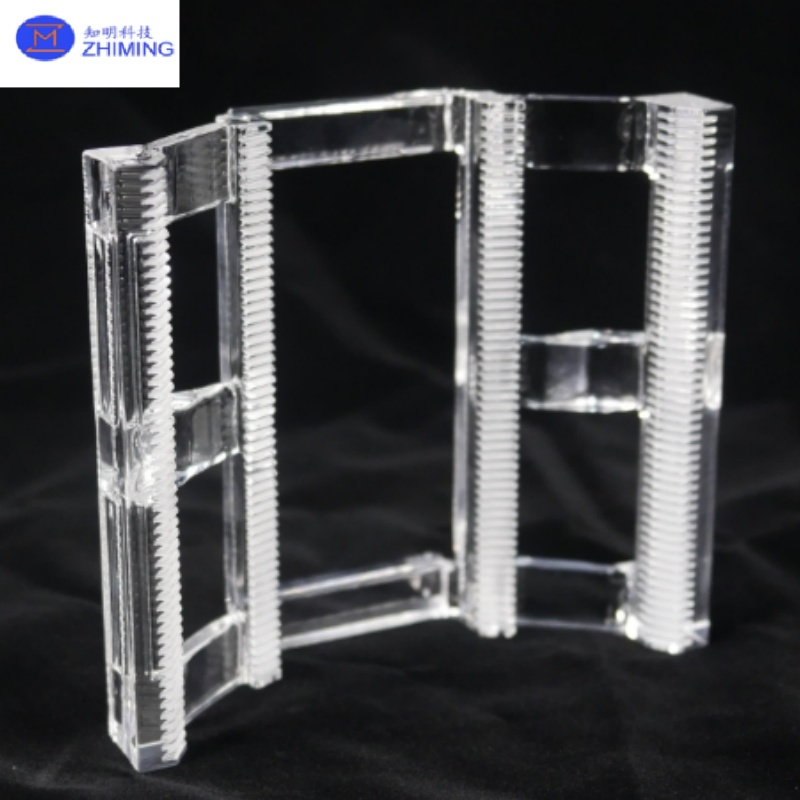| Sign In | Join Free | My ecer.jp |
|
| Sign In | Join Free | My ecer.jp |
|
| Categories | Wafer Carrier Box |
|---|---|
| Brand Name: | ZMSH |
| Place of Origin: | China |
| MOQ: | 1 |
| Material purity: | SiO₂≥99.999% |
| Melting Point: | 1730°C (Softening Point) |
| Max Wafer Capacity: | 25 wafers (Standard size) |
| Acid Resistance: | Resistant to sulfuric, nitric, hydrochloric acids (except HF) |
| Corrosion Resistance: | 30× higher than ceramics, 150× higher than stainless steel |
| Compatible Processes: | Semiconductor diffusion, annealing, photovoltaic doping, lab reactions |
| Company Info. |
| SHANGHAI FAMOUS TRADE CO.,LTD |
| Verified Supplier |
| View Contact Details |
| Product List |
A wafer boat, also known as a boat or carrier, is a critical tool in semiconductor manufacturing for holding, transferring, and positioning wafers. Its design must withstand extreme conditions such as high temperatures (>1000℃), chemical corrosion, and electrostatic discharge (ESD) to ensure wafer safety during various processes.


Principle
Alignment & Fixation:
Positioning holes on the boat align with pins in the wafer
cassette, enabling batch transfer without manual handling.
Dual-layer slots (upper and lower) secure wafers during thermal
cycling (e.g., annealing) .
Thermal Stress Management:
Low thermal expansion material (0.5×10⁻⁶/°C) minimizes warpage
under temperature fluctuations .
Honeycomb structure distributes thermal stress evenly .
Process Compatibility:
Slot geometries (e.g., I-type, V-type) accommodate varying
wafer thicknesses (300–800 μm) while ensuring gas-phase reactant
flow .
Diamond-shaped cross-section allows bidirectional robotic
loading, improving throughput.
Safety & Protection:
Buffer components (springs, rubber pads) absorb mechanical
shocks during wafer placement .
Nitrogen purging removes residues, preventing contamination
Characteristics
Fused silica glass is a specialized industrial glass made from silicon dioxide (SiO₂). It serves as an exceptional base material with outstanding physical and chemical properties.
Softening point: ~1730°C.
Operates continuously at 1100–1250°C and withstands short-term
exposure up to 1450°C .
Resistant to most acids (except hydrofluoric acid).
Corrosion resistance is 30× higher than ceramics and 150×
higher than stainless steel .
Maintains stability under extreme thermal conditions, outperforming
other materials .
Extremely low thermal expansion coefficient (~5.5×10⁻⁷/°C).
Survives thermal shock (e.g., heating to 1100°C and quenching in
water) .
Broad spectral transmission from ultraviolet (UV) to infrared (IR).
Visible light transmittance: >95%.
UV transmittance peaks at >85% in the 185–250 nm range .
Resistivity is 10,000× higher than ordinary glass.
Excellent dielectric properties even at high temperatures .

|